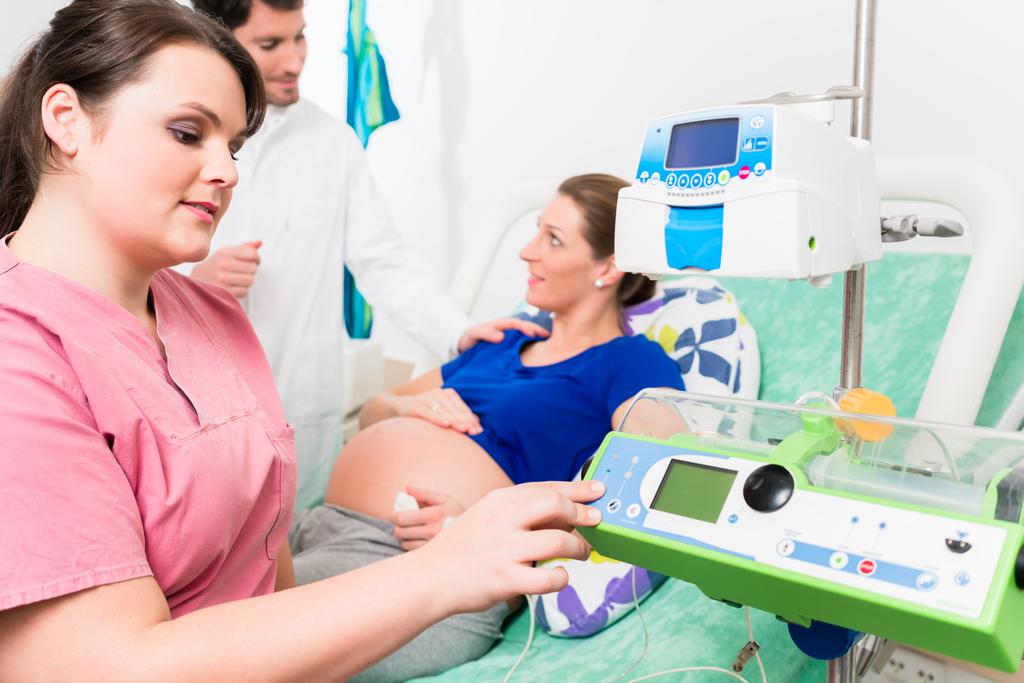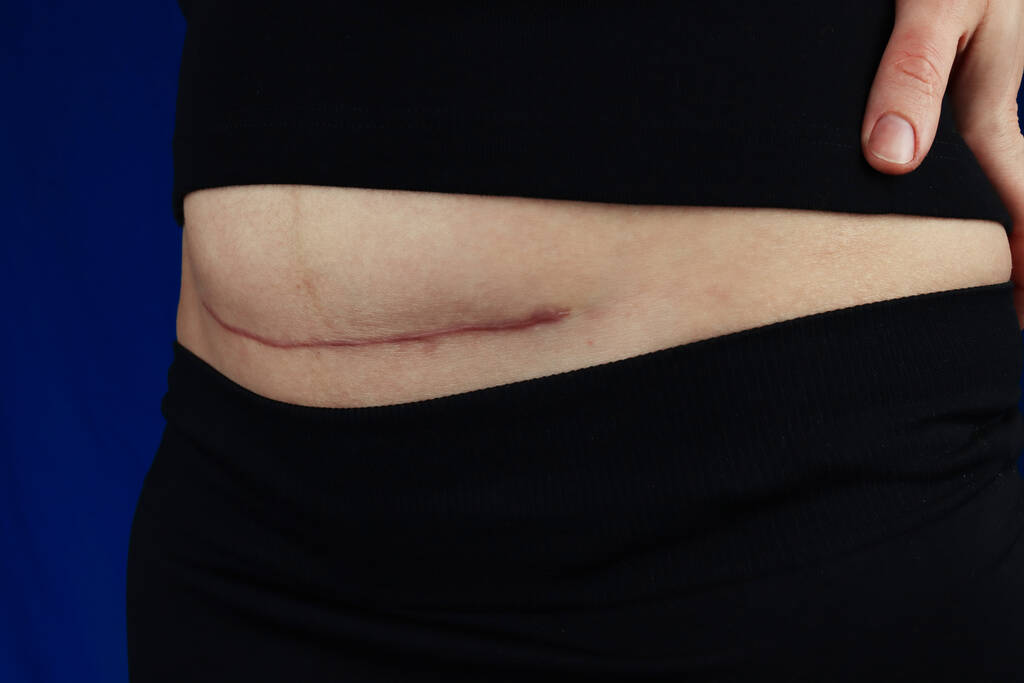Discover the potential impact of pelvic girdle pain on labor and delivery.
Can Pelvic Girdle Pain Affect Labor or Delivery?
Pelvic girdle pain (PGP) is no laughing matter, especially for expectant mothers. It can turn even the happiest of pregnancies into a daily struggle. But what exactly is PGP? And more importantly, can it really affect labor and delivery? Strap in, folks, because we’re about to dive into the fascinating world of pelvic girdle pain!

Understanding Pelvic Girdle Pain
First things first, let’s unravel the mysteries surrounding PGP. Pelvic girdle pain refers to discomfort or pain felt in the pelvic region, including the hips, lower back, and pubic area. It’s more than just the typical aches and groans of pregnancy – it’s a whole other level of discomfort that can make a woman feel like she’s doing squats with an elephant strapped to her belly.
But what exactly is happening inside the body when PGP strikes? Let’s dive deeper into the definition and causes of this enigmatic condition.
Definition and Causes of Pelvic Girdle Pain
So, what causes this mysterious pelvic pain? Well, there isn’t a one-size-fits-all answer, but it can be attributed to a variety of factors. These can include hormonal changes, the weight and position of the baby, changes in the mother’s posture, or even previous injuries. It’s like a complicated game of connect the dots, except the dots are bones and ligaments in your pelvis. Fun, right?
When it comes to hormonal changes, the body undergoes a series of transformations during pregnancy. These changes can lead to the relaxation of ligaments and joints in the pelvic area, which in turn can cause instability and pain. Additionally, the growing weight of the baby puts increased pressure on the pelvis, exacerbating the discomfort.
But that’s not all! Changes in posture can also play a role in the development of PGP. As the baby grows, the mother’s center of gravity shifts, causing her to adjust her posture to maintain balance. This adjustment can put strain on the pelvic joints and lead to pain.
Furthermore, previous injuries or trauma to the pelvis can make a woman more susceptible to developing PGP during pregnancy. These past injuries can weaken the pelvic area, making it less able to support the added weight and stress of pregnancy.
As you can see, the causes of PGP are multifaceted and interconnected, creating a complex web of factors that contribute to this condition.
Symptoms and Diagnosis of Pelvic Girdle Pain
Wondering if you have PGP or just an overzealous pelvis? Fear not, dear reader, for there are symptoms to keep an eye out for. These can include pain in the lower back, hips, or groin, difficulty walking or performing simple tasks, and, best of all, a downright miserable time trying to get comfortable in bed. If you suspect PGP has taken up residence in your pelvis, it’s best to consult with a healthcare professional for a proper diagnosis.
During the diagnosis process, a healthcare professional will typically conduct a thorough examination, which may include assessing your medical history, performing physical tests, and possibly ordering imaging studies. This comprehensive approach helps to rule out other potential causes of pelvic pain and ensures an accurate diagnosis.
It’s important to remember that PGP is a real and often debilitating condition that affects many pregnant women. Seeking proper medical guidance and support is crucial in managing the symptoms and finding relief.
Now that we’ve shed some light on the intricacies of PGP, you can navigate this journey with a better understanding of what’s happening in your body. Remember, you’re not alone, and there are resources available to help you through this challenging time.
Pelvic Girdle Pain During Pregnancy
Ah, the joys of pregnancy – cravings, morning sickness, and, of course, the ever-present PGP. Pregnancy can be a real game-changer when it comes to pelvic pain, but don’t worry, you’re not alone in this uphill battle.
As your body goes through the miraculous process of creating new life, it undergoes a myriad of changes. Your expanding belly becomes a symbol of the little one growing inside you, but it also puts extra pressure on your pelvic area. This added weight can lead to intensified pelvic girdle pain (PGP), making even the simplest tasks feel like climbing Mount Everest.
Imagine trying to walk with a watermelon strapped to your midsection. That’s what it can feel like for pregnant women experiencing PGP. Every step becomes a careful dance, as you navigate the discomfort and try to find a balance between mobility and pain management.
How Pregnancy Can Exacerbate Pelvic Girdle Pain
Pregnancy brings about a whirlwind of changes in your body, from your expanding belly to your ever-increasing shoe size. These changes can put extra stress on your pelvic area, leading to intensified PGP. It’s like your body is playing a prank on you, turning the simple act of walking into a real-life game of “Dance Dance Revolution.”
But why does pregnancy exacerbate pelvic girdle pain? Well, it all comes down to hormones and the amazing flexibility of your body. During pregnancy, your body releases hormones like relaxin, which helps to loosen the ligaments in your pelvic area to prepare for childbirth. While this is a necessary and natural process, it can also lead to instability and increased pain in the pelvic region.
Additionally, as your baby grows and your uterus expands, it puts more pressure on your pelvic bones and joints. This added weight can cause misalignment and inflammation, further contributing to the discomfort of PGP.
Managing Pelvic Girdle Pain in Pregnancy
When life gives you pelvic girdle pain, it’s time to get creative with your pain management strategies. From prenatal yoga to hot baths and support belts, there are plenty of tricks up Mother Nature’s sleeve to help ease your discomfort. Just remember, it’s all about finding what works best for you and your body. So don’t be afraid to try a few different techniques and see what brings you sweet relief.
Prenatal yoga can be a lifesaver for many pregnant women experiencing PGP. Not only does it provide gentle stretches and exercises that target the pelvic area, but it also helps to improve overall flexibility and strength. The soothing movements and deep breathing can also help to calm your mind and reduce stress, which can have a positive impact on your pain levels.
Another popular method for managing PGP is taking warm baths. The heat from the water can help to relax your muscles and ease tension in your pelvic area. It’s like giving your body a warm hug, providing temporary relief from the constant ache.
Support belts are also a great tool for pregnant women with PGP. These belts are designed to provide extra support to your pelvic area, helping to stabilize your joints and reduce pain. They can be worn discreetly under your clothing and are adjustable to accommodate your growing belly.
Remember, every pregnancy is unique, and what works for one woman may not work for another. It’s essential to listen to your body and consult with your healthcare provider to find the best pain management strategies for you. With a little trial and error, you’ll discover the techniques that bring you the most relief, allowing you to focus on the joy and excitement of growing a tiny human inside you.
Pelvic Girdle Pain and Labor
Now let’s get down to the nitty-gritty – how does PGP impact the grand finale of pregnancy? Is labor in for a world of pain? Let’s find out!
The Impact of Pelvic Girdle Pain on Labor
Labor is no walk in the park on a good day, and when you add PGP to the mix, things can get a little more interesting. The good news is that PGP itself doesn’t generally affect the progress of labor or delivery. However, it can certainly make the whole experience a lot more uncomfortable. It’s like having a constant reminder of all the joyful moments you experienced throughout your pregnancy, except this time, it’s in the form of an achy pelvic region.
Pain Management Strategies During Labor
When it comes to labor, pain management is key. With PGP in the mix, it becomes even more important to have an arsenal of pain relief techniques at your disposal. From breathing exercises to massage and the wonders of modern medicine, there are countless strategies that can be employed to help you through the process. So fear not, brave warriors of the pelvis, there is light at the end of the birth canal.
Pelvic Girdle Pain and Delivery
As the big day approaches, it’s natural to wonder how PGP might affect the final act – delivery. Will it add an extra layer of challenge to the already epic task at hand? Let’s delve into the world of pushing, screaming, and applause!
How Pelvic Girdle Pain Can Affect Delivery
When it comes to delivery, the good news is that PGP typically does not interfere with the actual mechanics of pushing a tiny human being into the world. However, the pelvic pain itself can make finding a comfortable position during labor and delivery a bit of a puzzle. It’s like trying to solve a Rubik’s Cube while juggling. But fear not, courageous moms-to-be, your healthcare team will be there to guide you and help you find the best positions for getting that little bundle of joy out into the world.
Preparing for Delivery with Pelvic Girdle Pain
As delivery day approaches, it’s essential to prepare both physically and mentally. Discuss your pelvic girdle pain with your healthcare provider, and together, you can create a plan to ensure a smooth delivery. This may include finding optimal positions, pain management strategies, or even considering alternative birthing options. Remember, you’ve got this!
Postpartum Pelvic Girdle Pain
Just when you thought you were in the clear, those postpartum hormones decide to throw a curveball, and PGP rears its oh-so-painful head once again. But fear not, dear moms, for this too shall pass.

Recovery and Rehabilitation After Delivery
Your body went through a marathon to bring new life into the world, so it’s only fair to give it some TLC in return. Recovery after delivery is crucial for managing postpartum pelvic girdle pain. From gentle exercises to targeted physical therapy, there are numerous ways to help your body bounce back and bid farewell to that pesky pelvic discomfort.
Long-Term Effects of Pelvic Girdle Pain Post-Delivery
Pelvic girdle pain may bid you farewell during the postpartum period, but for some unfortunate souls, it may linger a little longer. However, fear not, for these long-term effects are rare and can often be managed with the help of your trusted healthcare team. So put on your superhero cape, moms, and show that pelvic pain who’s boss!
In conclusion, while pelvic girdle pain can put a damper on your pregnancy dance moves, it generally doesn’t have a direct impact on labor and delivery itself. However, it can make the whole experience a lot more uncomfortable. But fear not, dear moms, for there are plenty of strategies and support available to ensure a smoother journey. So embrace your inner pelvic warrior and conquer your pregnancy with style!



